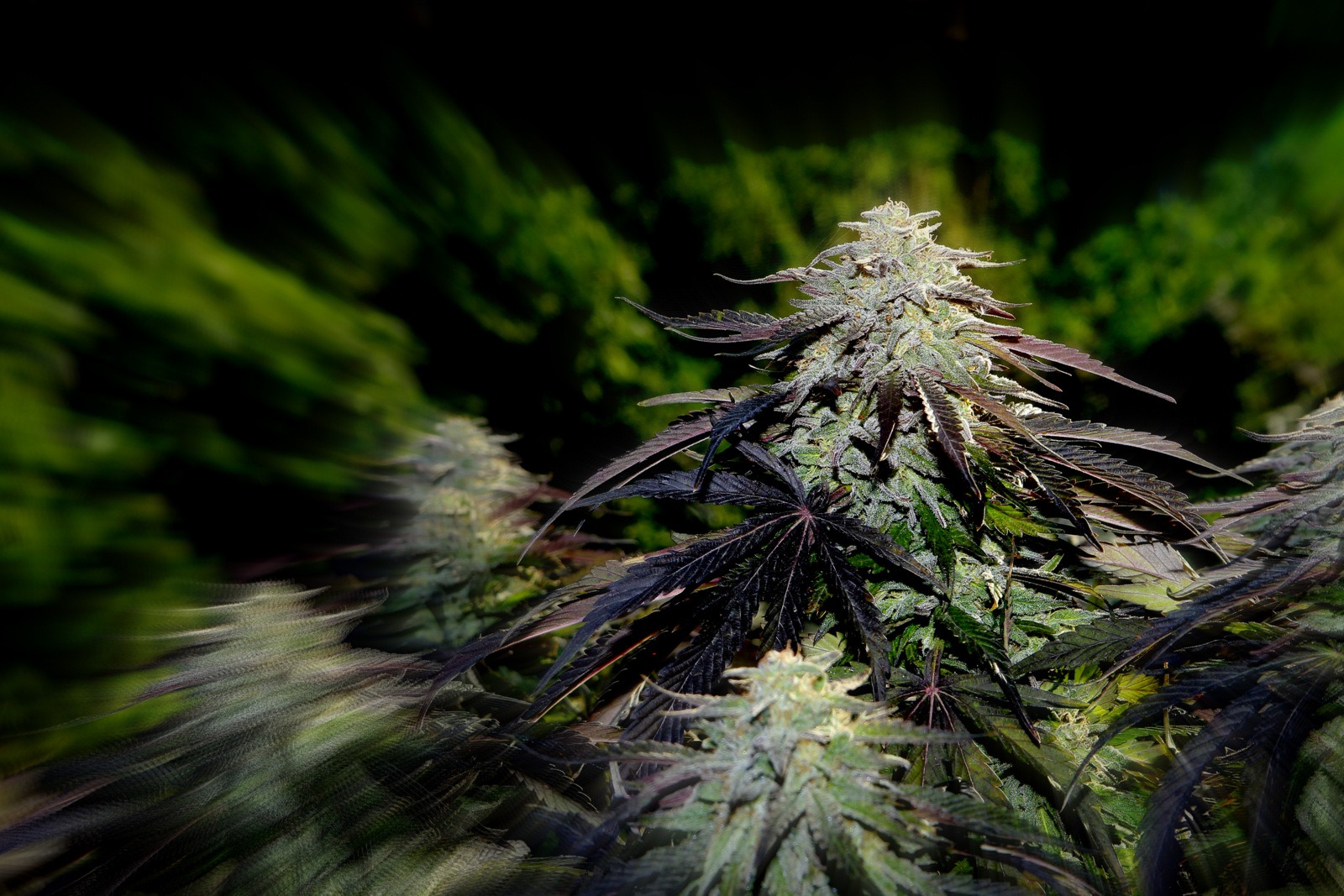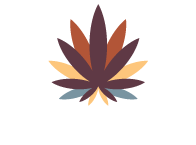
18 Apr Industrial hemp
Recently, it became apparent we have added competition for the cannabinoids we grow. I should have seen it coming, but it smacked me in the face when I actually saw massive amounts of hemp biomass stored alongside my paltry 10-pound bag of high-THC sugar leaf in a licensed cannabis processing facility. Then I visited a well-stocked glass/CBD shop, finding sophisticated products well beyond CBD topicals.
Decades of advocacy to get hemp fields back into production resulted in the Agricultural Improvement Act of 2018 that made hemp cultivation a legal activity across the United States. Fiber! Fuel! Environmentally friendly paper, plastics and protein! Sustainable building materials! Yes! The evolution of the industrial hemp industry can literally change the world.
But in practice, industrial hemp is not the focus so far. The focus of the hemp industry right now is female-only cannabis bred for low-THC and cultivated for consumption of its cannabinoid content. And though cannabidiol was the initial star of the chemist’s isolation practices, other cannabinoids are now not only being isolated but synthetically created and sold on the open market for human consumption.
The chemists are busy developing processes to pull apart the plant, alter its naturally balanced derivatives and put them together in unnatural ways in hopes of gaining a unique marketing edge. This activity is best for a pharmaceutical lab as designer personalized medicine is certainly within our future. Semi-synthetic delta-8 THC and semi-synthetic delta-9 THC conversions from CBD are a recent example, showing up in both the unregulated and regulated markets. Delta-8 is likened to “THC Lite,” still psychoactive but not the heavy hitter of delta-9 THC. We will likely hear of more synthetically created compounds as chemists develop new processes in an unregulated environment, but should we be wary of the lack of research around consuming minor and synthetic cannabinoids in concentrations?
The economics of making isolated cannabinoids from hemp makes financial sense since unregulated biomass qualifying as hemp is a fraction of the cost compared to biomass grown for the regulated systems. I get it, but I also wonder about how the unintended consequences of the Agricultural Improvement Act of 2018 will affect the regulated cannabis markets.
A solution may be to redefine hemp as plants grown for industrial non-consumption products, as opposed to plants grown for cannabinoid consumption. Industrial-purposed hemp and cannabinoid-purposed hemp are different cultivars. They are planted differently, grow differently, are harvested differently, processed differently and should be treated differently in regulations. Making the defining line based upon a randomly chosen THC content is ridiculous and always has been.
My hope is that industrial hemp will put the world onto a sustainable track and eventually replace oil-derived plastics, wood-fiber paper and resource-sucking cotton production, but it will take a shift in focus to develop the tools to convert this wonder plant into usable industrial products.
In the meantime, we will forge ahead with our over-regulated, naturally derived, high delta-9 THC crops and hope to survive another wrinkle in the legalization of cannabis.


